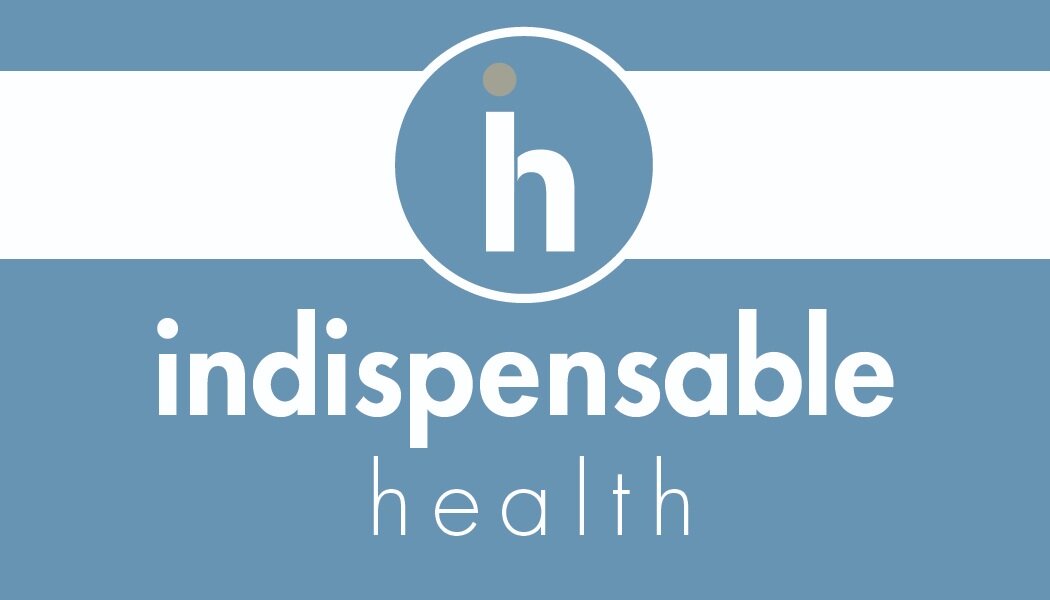COVID Related Concerns Among Patients With Co-Morbidities.
Since the identification of coronavirus 2 (SARS-CoV-2) during the month of December 2019, the world’s scientists switched their focus towards learning and providing information about the virus as much as possible. Unfortunately, due to the initial lack of knowledge by world health experts about the spreading and containing of the virus, severe measures have been implemented. Certain employers were demanded to close their businesses temporarily, while others had the option to implement a work-from-home strategy. These actions have led to many businesses closing and the country’s economy had unsurprisingly tanked.
The economic impact of COVID-19 is only a portion of the burden this virus has brought upon our communities. With all this in mind, scientists had begun to pay closer attention to the symptoms of the virus in order to determine whether or not there was a trend. The cases of COVID-19 have a wide range of symptoms from mild complaints, such as fever and cough, to more critical cases associated with difficulty in breathing (1). Some of the most common symptoms include cough, fever, chills, shortness of breath, muscle aches, sore throat, unexplained loss of taste or smell, diarrhea, and headache (2). Severe cases of bronchitis, pneumonia, severe acute respiratory distress syndrome (ARDS), multi-organ failure, and even death have also been reported (3).
A recent study, conducted from January to April 2020, demonstrated that patients with comorbidities, such as hypertension or diabetes mellitus, are more likely to develop a more severe course and progression of the disease (3). Additionally, patients 65 years of age and older with comorbidities who had been infected showed an increased admission rate into the intensive care unit. Due to the virus’s pathophysiology, which seems to have a significant effect on the respiratory tract, patients with moderate to severe asthma are at a disadvantage because the infection can lead to increased asthmatic attacks, pneumonia, and acute respiratory distress.
Because we have only known of this virus for a relatively short period of time, the current research studies published by credible sources are limited. Nonetheless, it is evident that certain populations are more affected than others and can be subject to more severe symptoms and outcomes. “According to the CDC, 8 out of 10 deaths reported in the USA occurred in adults 65 years old and above (1).” Fortunately, the vast majority of people infected had a full recovery from the illness with no hospitalization or interventions required. While some statistics seem concerning, scientists recognize the fact that we still have a lot to learn about this infection and its effects on critically ill patients.
Furthermore, another study conducted in Evergreen, Washington, focused on the outcomes of critically ill patients with confirmed COVID-19 diagnosis (4). This study showed that 71% of these patients required mechanical ventilation and acute respiratory arrest was seen in all of them which further increased their mortality risk.
The table below shows the leading comorbidities among COVID-19 deaths in NY, USA. Hypertension has been noted to be the most common co-morbidity in reported deaths from COVID-19. Over 86% of the total deaths reported in this article had 1 or more co-morbidities (5).
From the multiple studies that have been published, we can see that patients with long term conditions are more likely to get infected with the virus and experience severe symptoms. As previously mentioned, due to the recent discovery of this virus researchers have not been able to provide definitive information regarding the impact of this virus in patients with the above co-morbidities, but we should still be mindful of the observed trends. It is very likely that we may have a close relative or friend with a history of hypertension, obesity, chronic lung disease, diabetes, or cardiovascular disease. These patients have the worst prognosis if infected by COVID-19 and most often end up with deteriorating outcomes such as acute respiratory distress syndrome and pneumonia.
With all this in mind, it is important for us all to implement proper precautions in our daily lives that will reduce the risk of transmission or infection of this virus. These precautions include regular handwashing with soap and water or the use of alcohol-based hand sanitizer, practicing social distancing, and wearing a face mask in public places.
Author: Raul Ghib | PharmD Candidate 2021 | University of Michigan
References
CDC. Coronavirus (COVID-19): symptoms of coronavirus. Centers for Disease Control and Prevention. 2020. [Accessed April 18, 2020, https://www.cdc.gov/coronavirus/2019-ncov/symptoms-testing/symptoms.html].
Maragakis LL. Coronavirus symptoms: frequently asked questions. Johns Hopkins Medicine. 2020; [Accessed April 18, 2020, https://www.hopkinsmedicine.org/health/conditions-and-diseases/coronavirus/coronavirus-symptoms-frequently-asked-questions].
Sanyaolu, A., Okorie, C., Marinkovic, A., Patidar, R., Younis, K., Desai, P., . . . Altaf, M. (2020). Comorbidity and its Impact on Patients with COVID-19. SN Comprehensive Clinical Medicine, 2(8), 1069-1076. doi:10.1007/s42399-020-00363-4
Arentz M, Yim E, Klaff L, Lokhandwala S, Riedo FX, Chong M, Lee M. Characteristics and outcomes of 21 critically ill patients with COVID-19 in Washington state. JAMA. 2020;323:1612. doi: 10.1001/jama.2020.4326.
Franki R. Comorbidities the rule in New York’s COVID-19 deaths. Hospitalist. 2020, https://www.the-hospitalist.org/hospitalist/article/220457/coronavirus-updates/comorbidities-rule-new-yorks-covid-19-deaths].



![Franki R. Comorbidities the rule in New York’s COVID-19 deaths. Hospitalist. 2020, https://www.the-hospitalist.org/hospitalist/article/220457/coronavirus-updates/comorbidities-rule-new-yorks-covid-19-deaths].](https://images.squarespace-cdn.com/content/v1/58b4ba842994ca19f14d5930/1603910641623-PHK6K9RL0FT6QBTB2RKO/Franki+R.+Comorbidities+the+rule+in+New+York%E2%80%99s+COVID-19+deaths.+Hospitalist.+2020%2C+https%3A%2F%2Fwww.the-hospitalist.org%2Fhospitalist%2Farticle%2F220457%2Fcoronavirus-updates%2Fcomorbidities-rule-new-yorks-covid-19-deaths%5D.)